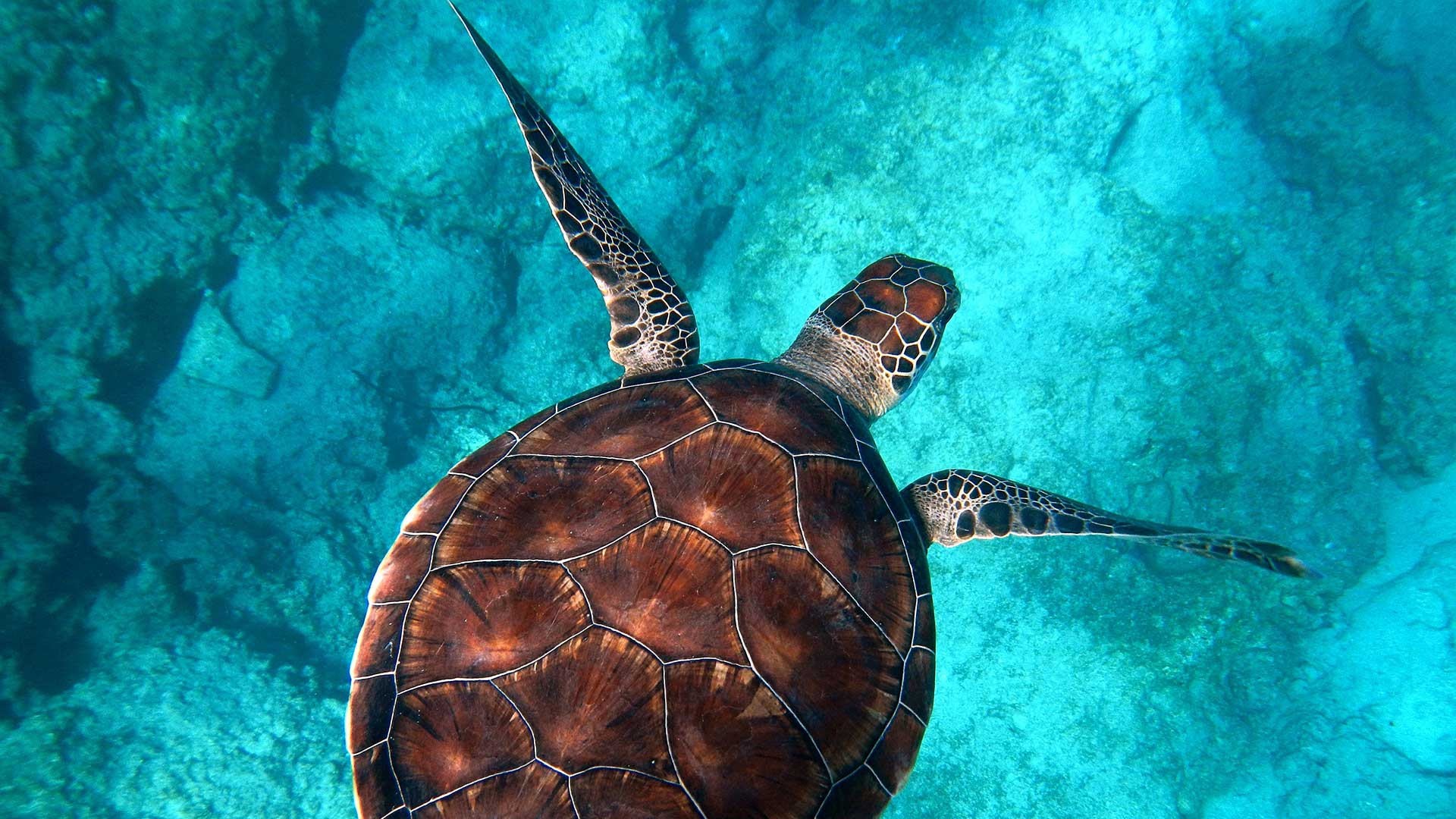Get to know your neighbor: Leopard Shark, Triakis semifasciata
December 20, 2016
Week #5: Leopard Shark, Triakis semifasciata
I lurk in shallow nearshore marine waters in search of my next meal. I scan the seafloor using senses attuned to find prey that hides amongst the benthos*. When I zero in on my victim I surge forward and use my specially shaped sub-terminal* mouth to pluck it from its hiding place. I have been witnessed moving so quickly that I can snatch the siphon of a clam from the sand surface before it has the chance to retreat to its shell. I Although I can look and sound menacing, I am one of the more docile sharks in existence. At a general length of 4-5 feet I can send a chill down the spine of recreational beach goers if seen cruising underfoot but should be considered harmless.
Unlike most fish, leopard sharks birth their young internally and the young shark pups* emerge from their mothers at a size of 6-7 inches in length. This is a great way to protect vulnerable young sharks until they reach a larger size. Most of the leopard sharks seen in the La Jolla shores area are pregnant females and use the sunny and warm shallow waters as a form of incubation for their developing offspring. During the late summer and fall San Diegans have the opportunity to swim with schools of leopard sharks as they congregate on sandy bottom beaches of La Jolla.
Why should humans care about me?
Leopard sharks have the ability to reach an estimated age of 30 years old. Females do not reach sexual maturity until about 10 years. These sharks are relatively slow growing and long lived which, in turn, means they are susceptible to high levels of anthropogenic* environmental pollutants. One such toxin is mercury. Through a process of bioaccumulation* long lived predatory species are at risk of storing large amounts of mercury in the tissues of their body as the toxic element metabolizes slowly. Recreational fishing and resulting consumption are common in some places of California despite the California Department of Fish and Wildlife’s warning against eating leopard sharks due to high levels of contaminants.
If you would like to help in the conservation of my species there are ample volunteer opportunities with WILDCOAST to help clean up beaches and collect data on Marine Protected Areas in San Diego County. Contact cory@wildcoast.net for more info on how to get involved.
Sincerely,
Leopard Shark
Triakis semifasciata
*Terminology-
- Benthos- The ecology term for organisms that relate to the seafloor and the biogeographic region of the bottom of a lake or sea.
- Sub-terminal mouth- Mouth found further back in position from the snout on the bottom of the head. (Common amongst bottom feeders)
- Shark pups- Juvenile sharks.
- Anthropogenic- Derived from human activity, human caused.
- Bioaccumulation- accumulation of substances, commonly pollutants, in a living organism.





You must be logged in to post a comment.